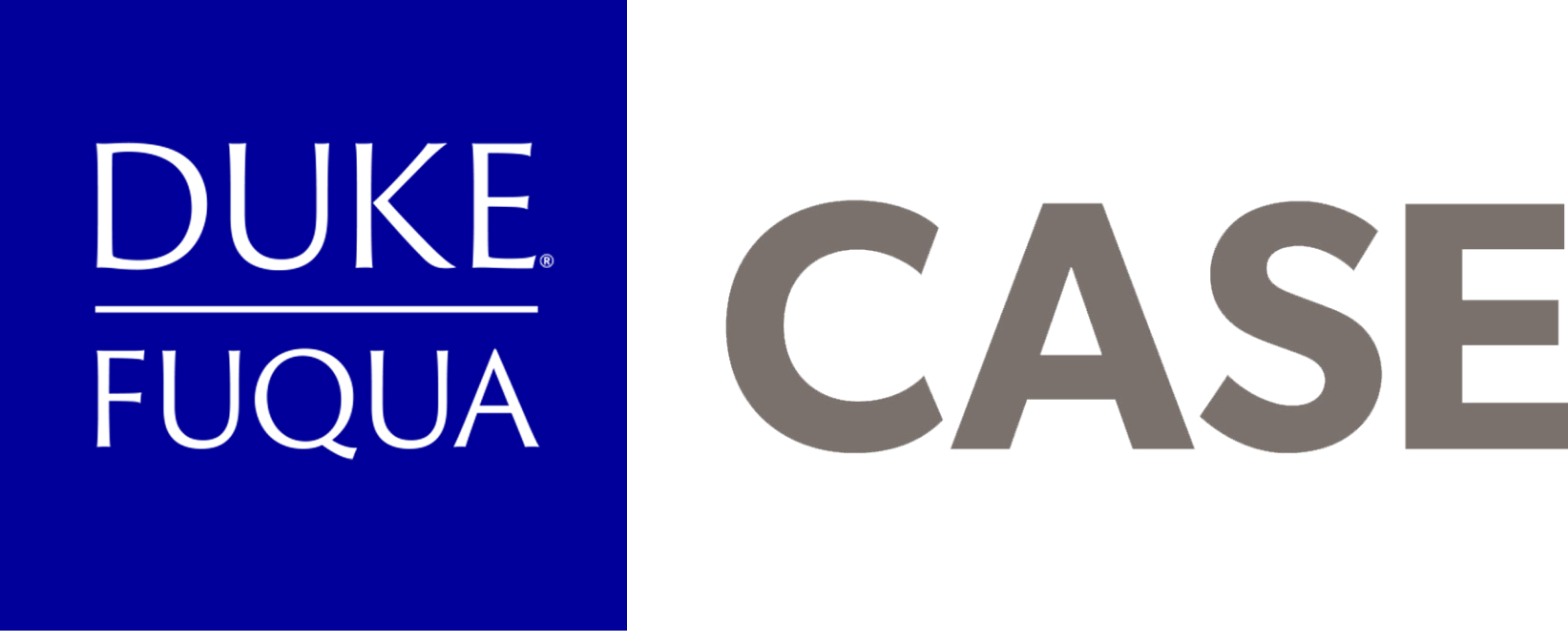May 2015, Paul Bloom, CASE Senior Fellow
Scaling social impact is an obsession for most social entrepreneurs. However, even with this obsession, very few social ventures have scaled successfully due to the incredible complexity of getting scaling right.
A few years ago, my colleague, Ronnie Chatterji, and I developed the SCALERS model to make the point that successful scaling of social impact is not a “one strategy fits all” proposition. Each social venture can scale most effectively by building a unique blend of organizational capabilities that are demanded by the situation it faces. Those SCALERS capabilities can involve Staffing (i.e., Human Resource Capacity Building), Communicating, Alliance-Building, Lobbying (i.e., Advocacy), Earnings-Generation, Replicating, and Stimulating Market Forces (see Bloom and Chatterji, 2009 and Bloom, 2012).
Since developing the SCALERS model, I have, frankly, been disappointed. Too many people have focused on a single organizational capability as the key to successful scaling (often Staffing or Earnings-Generation). In doing so, they have not taken to heart a key underlying premise of the model: that successful scaling of social impact typically requires capitalizing on the “interactions” that exist among two or more of the SCALERS capabilities. In most cases, successful scaling will be achieved by building several capabilities simultaneously, paying particular attention to how the capabilities affect the effectiveness of one another (i.e., the interactions).
Thus, Staffing should accomplish more when pursued along with successful Earnings-Generation – and Earnings-Generation should accomplish more when pursued by talented Staffing – and both of these capabilities could become more impactful when accompanied by excellence in Communicating, Alliance-Building, Lobbying, Replicating, and Stimulating Market Forces. The relative emphasis that should be put on each of these capabilities will depend on three factors:
- the “theory of change” being pursued (e.g., if you are trying to provide labor-intensive health services to lots of people, Staffing becomes more important),
- the current resources of the venture (e.g., weaknesses in human, financial, technological, or other resources must be shorn up first), and
- the evolving ecosystem of the venture (e.g., threats in the economic, political, or cultural environment must be addressed).
My feelings about the importance of paying attention to the interactions among the capabilities, while also building multiple capabilities, were reinforced by two interesting pieces I read recently. The first, a book titled GET BIG THINGS DONE: The Power of Connectional Intelligence, by Erica Dhawan and Saj-nicole Joni (Palgrave Macmillan, 2015), makes the case that major social impact has been achieved when leaders demonstrate “connectional intelligence,” which they define as: “The ability to combine the world’s diversity of people, networks, disciplines and resources, forging connections that create value, meaning and breakthrough results.” To me, building connectional intelligence is similar to blending effectively the Staffing, Communicating, Alliance-Building, Lobbying, and Stimulating Market Forces from our SCALERS model.
Dhawan and Joni cite numerous examples of entrepreneurs who have deployed connectional intelligence – or, in essence, developed multiple SCALERS capabilities – to achieve significant social impact. Luis von Ahn’s venture, Duolingo, is a fascinating case. Duolingo supplies free language training to thousands and uses a very clever way of paying for it. In their on-line training exercises, students translate passages from news media and websites. When enough students translate the same passage identically, that is used as evidence of a correct translation. And when the translated passage is used on websites and elsewhere, a small fee is returned to Duolingo for the service. The ability to create efficient connections between students, media, and those in need of translation services has allowed this venture to flourish. Staffing (through using the student “crowd”), Communicating, Alliance-Building, Earnings-Generation, and Stimulating Market Forces are all in play.
The other piece I read was in the Huffington Post on the topic of “Tri-Sector Leadership” by CASE’s Erin Worsham. She states that successful social entrepreneurial efforts “need individuals, teams, and institutions that are able to maneuver effectively across and between the nonprofit, for-profit and government sectors.” Worsham cites City Year and Habitat for Humanity as examples: City Year has helped to elevate the achievements of numerous students in low-performing public schools by capitalizing on partnerships with businesses and governments, as well as by other means. Habitat has forged an incredible array of valuable partnerships and built other capabilities to help it increase the stock of affordable housing. Again, I see building this “tri-sector leadership” as being similar to building capabilities in Staffing, Communicating, Alliance-Building, and Lobbying (or Advocacy).
Scaling has proven to be enormously challenging for most social entrepreneurs. Simple scaling strategies rarely work, and success in scaling requires most social ventures to build multiple, interacting organizational capabilities, demonstrating both connectional intelligence and tri-sector leadership.

